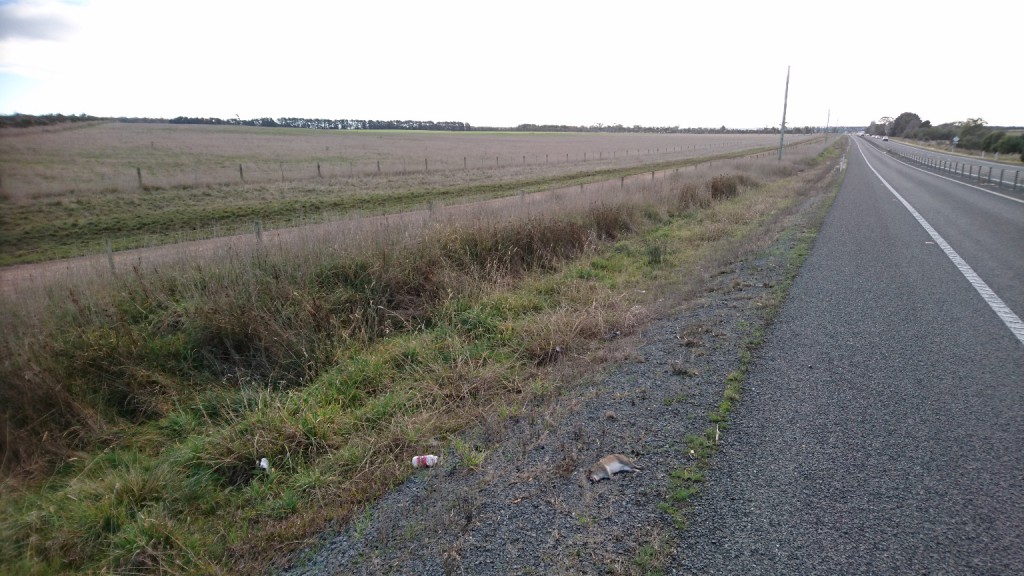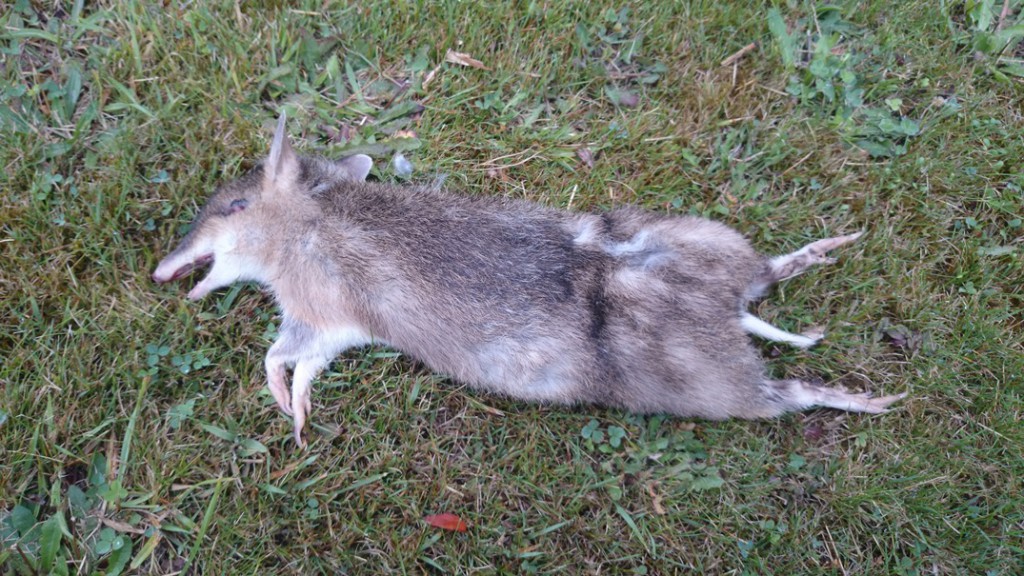Mainland Forgotten Fauna: Part 8 – The concept of “Shifting Baselines” helps explain why we have forgotten our mainland fauna
Although it has been a little while since we talked about our mainland forgotten fauna on the blogs, a valuable discussion last week with a couple of staff at the Glenelg Hopkins CMA has prompted me to kick this discussion off again. After our meeting, Bryce Morden from the CMA forwarded me a link to a podcast he’d listened to recently that expanded on an important theme.
The really useful concept that I am referring to is known as “shifting baselines” – an idea that has relevance to every one of us who interacts with the ever-changing natural world throughout our lifetimes. By the end of this blog, I am hoping you’ll see just how crucial this topic is to the forgotten fauna discussion (not to mention a whole range of other ecological issues).
To help guide this discussion, here are a couple of definitions of Shifting Baselines:
Firstly:
- “A shifting baseline (also known as sliding baseline) is a type of change to how a system is measured, usually against previous reference points (baselines), which themselves may represent significant changes from an even earlier state of the system.”
This first definition is highly relevant for many of our wetland restoration projects on public land (Parks and Reserves), where shifts in native vegetation that have adjusted to a new water regime can very effectively mask the underlying long-term changes caused by decades-old artificial drainage works that pre-date reservation. This is where historic information sources, such as the oldest aerial photos, maps, early surveys and descriptions by explorers, become so important for helping us to more accurately define pre-drainage site conditions and to inform the discussion about future management options.
Such an exercise in historical geography/ecology takes a lot of digging to do well, especially considering that a wide range of people who have only ever known (and come to value) an area that appears ‘natural’ in its modified state, can sometimes take serious convincing that reversing such changes – to restore the ecosystem – is a good thing. But with solid research, and clear goals for the trajectory of change we hope to trigger, we can usually get there!
Secondly:
- “A shifting baseline is the phenomenon where each successive generation assumes that the diminished biological state is the norm.”
- “In other words, due to short life-spans and faulty memories, humans have a poor conception of how much of the natural world has been degraded by our actions, because our ‘baseline’ shifts with every generation, and sometimes even in an individual. In essence, what we see as pristine nature would be seen by our ancestors as hopelessly degraded, and what we see as degraded our children will view as ‘natural’.”
This second, two-part definition is the one that really nails the problem we have with forgotten fauna. In short, how do we get people today to value and want to restore species and ecological processes – or even recognise that this action is needed – when all we have ever known, and now come to value, observe and study, is the system in a state that is already missing many of its ingredients?
To read more about this theory, you might light to have a look at this great little article.
So what next?
This series of blogs has talked about the loss of that first hand, lived and remembered experience, by trying to reacquaint ourselves with our own local history (see previous posts on the forgotten fauna discussion here).
As we have learned so far, in much of southern Australia, the time around Federation approximately 120 years ago was a drastic turning point for our ecosystems.
People who lived in the bush before then took it for granted that they would see dingoes, quolls, pademelons, bettongs, bandicoots, wallabies and bilbies – in all manner of different habitats – and they reminisced and shared those stories for a few decades into the 1900s, until they died and took those memories with them.
But people who lived in the bush after 1900, which means everyone now living in this part of the mainland, have largely only ever known southern Australia with many of its ground dwelling mammals missing, or the survivors bunkered down in the densest of habitats, after the deliberate eradication of the dingo, spread of the fox and the cascading ecological effects that followed.
But all is not lost, and we have somewhere nearby that reminds us that the mainland could be different again one day, even in modified landscapes. A place that many people on the mainland now mythologise for its environmental values. I’m talking about a little former part of the mainland called Tasmania.

This recently (in geological time) isolated island, still retains many of the very same species that the mainland has lost. And ironically, many people in Tasmania still take those species for granted in habitats we wouldn’t dream of – such as residents of many areas (including suburban Hobart) who consider Eastern Barred Bandicoots in the backyard as being ‘normal’. After all, that is still the most recent ‘baseline’ for all living Tasmanians.

There is more to discuss, but for now, I’ll leave you to ponder how often you compare notes with people you know in Tasmania – and what we can learn from each other.
Their current baseline is actually much more similar to the pre-1900 south-eastern Australian mainland baseline for mammals than many of us realise.
And our baseline on the mainland, could quite easily become Tasmania’s new baseline in the future. After all, the loss or functional extinction of the devil (due to facial tumour disease), changes in cat behaviour in the absence of devils, and/or establishment of the fox, is all it may take take to tip the balance there…
As for the mainland, we just have to find a way to bring back the missing ingredients in a self-sustaining way… and maybe we might pass onto our kids a new baseline that is not simply a diminished version of our own. This is what environmental restoration is all about.
Oh, and in case you are wondering, below is the relevant part of the podcast (The Meat Eater – full episode here) that Bryce shared with me. If you excuse a few words of rough language here and there, and the fact that this is very North American in flavour, their discussion is illuminating, entertaining and – most importantly – extremely relevant.
Enjoy!
